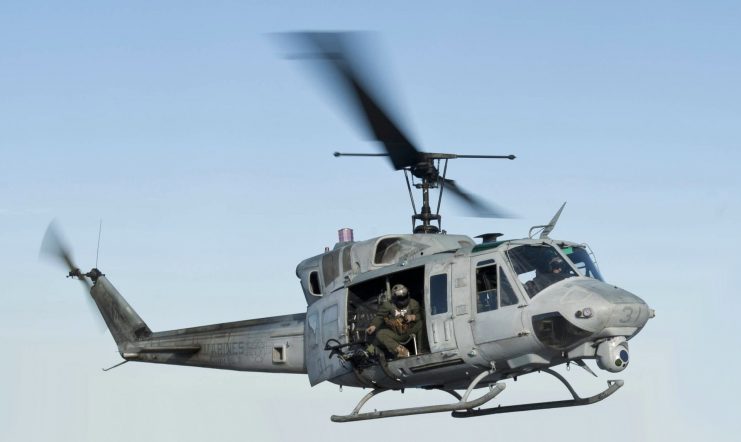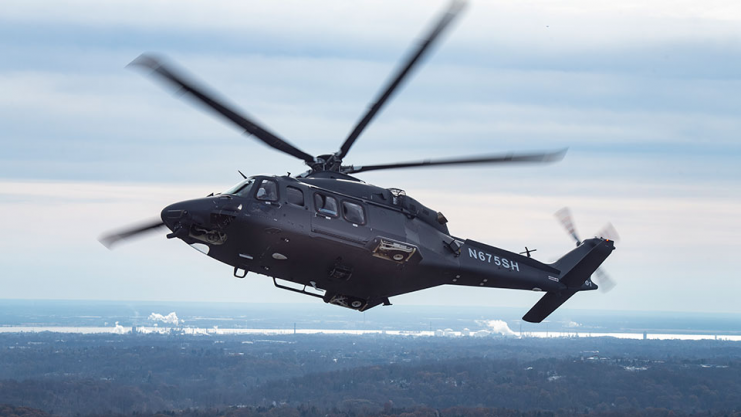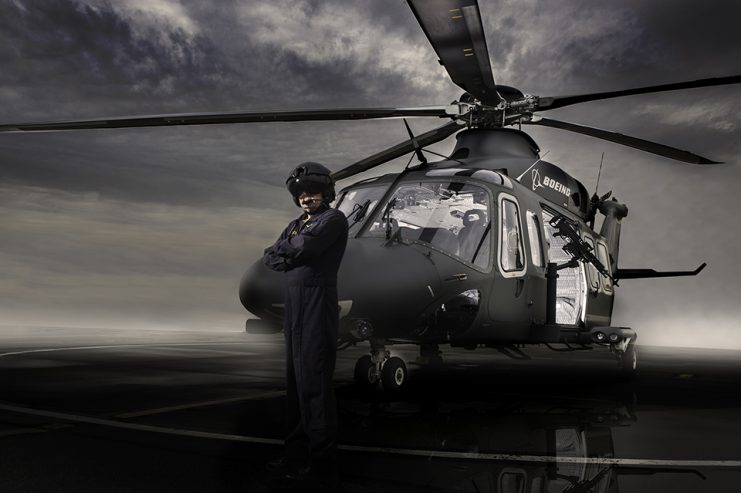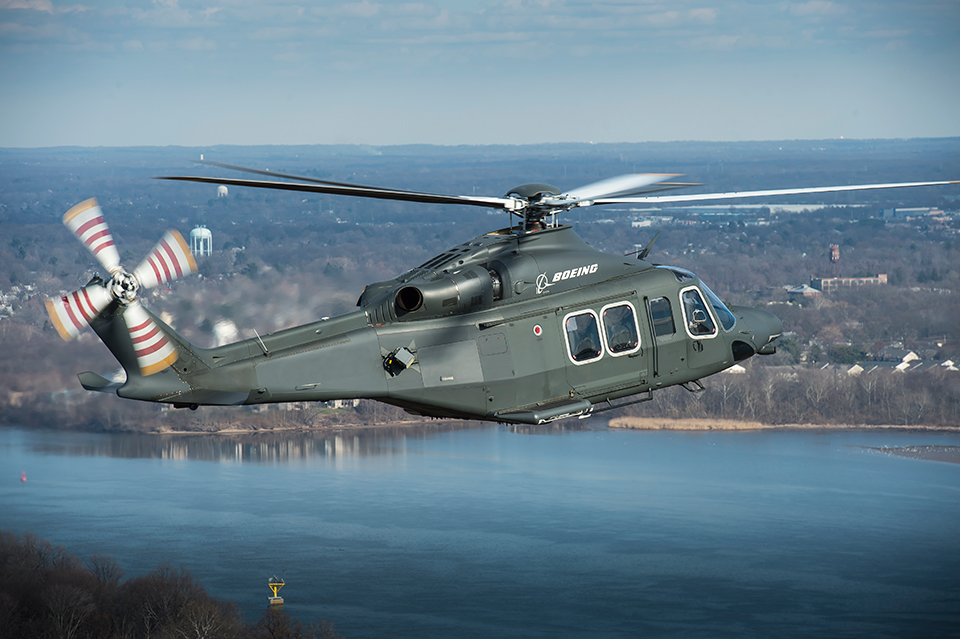The US Air Force took delivery of its first MH-139 Grey Wolf helicopters at Duke Field, Florida on December 19th, 2019.
The replacement for the longstanding UH-1N Huey helicopters was the winner of a competition devised by the Air force.
The $2.38 Billion contract was awarded to Boeing back in September 2018, beating Lockheed Martin Sikorsky and Sierra Nevada Corp, a win that took some commentators by surprise.

The MH-139 is a military version of Leonardo helicopters AW-139, a tried and tested commercial aircraft.
Boeing’s rivals had both put forward models based on the UH-60 Black Hawk, but their bid came in well below the budget cost set out by the USAF, by a staggering $1.7 Billion.

General Timothy Ray announced the new name for the helicopter, comparing it to the beast native to the wilder spaces to the north of the US.
He said the wolf, ‘strikes fear in the hearts of many…as they hunt as a pack, they attack as one, they bring the force of many.’
The new helicopters represent a change of direction for the Air force in that the Grey Wolf is based upon a completely different airframe from those flown by the other branches of the military.
This first delivery went to Detachment 7, headed up by Lt. Col. Mary Clark, for testing and evaluation.

The helicopters will be based for a short time at the Duke Field before relocating to Malmstrom Air Force Base in Montana where the aircraft will be operated by pilots and special-mission aviators.
It is planned for use in missile defence, search and rescue and transportation of government officials and security forces.
But their central role will undoubtedly be the protection of the US nuclear assets. US Intercontinental Ballistic Missile fields are set out right across the Northern States of Montana, Wyoming, Colorado, Nebraska and North Dakota.
It plugs the holes in the Huey UH-1N offer by being faster and more adaptable with state-of-the-art avionics that take the workload off the crew.
The new Grey Wolf also has better battlefield survivability and can travel further, with a bigger payload of an additional 5,000 pounds, for longer.
Add to that the ease with which the aircraft can be maintained at 1.34 to 1 man-hours per flight hour, with off-the-shelf repair solutions supplied in more than 100 countries worldwide it makes the MH-139 a surprisingly cost-effective choice.
https://www.youtube.com/watch?v=bw3RE-TFCgQ
A further eighty Grey Wolf helicopters are programmed to be delivered over the coming years as the Huey is gradually phased out.
It can carry a payload of up to nine mission-ready troops at 135 knots with a range of over two hundred nautical miles.
Boeing make a billion dollar boast that their Grey Wolf can save the Air Force money due to the high commercial pedigree of the aircraft.
It has already racked up over two million flight hours as a commercial helicopter thereby proving its tried and tested reliability, giving the USAF potential for huge long-term life cycle savings.
The UH-1N Huey entered service with the US military in 1970 flying missions in Vietnam. It was seen by some as a controversial choice at the time as the PT6T engines were built by Canadian firm Pratt and Whitney.
The liberal Canadian government of the day was opposed to the USA’s South East Asia policies, prompting the US to source a home-grown engine.
$442 million Upgrade for The B-52
It has since seen service with the US military in many conflict and support zones across the world. Boeing have confirmed that all parts for the new MH-139 Grey Wolf will be fabricated in the USA.
